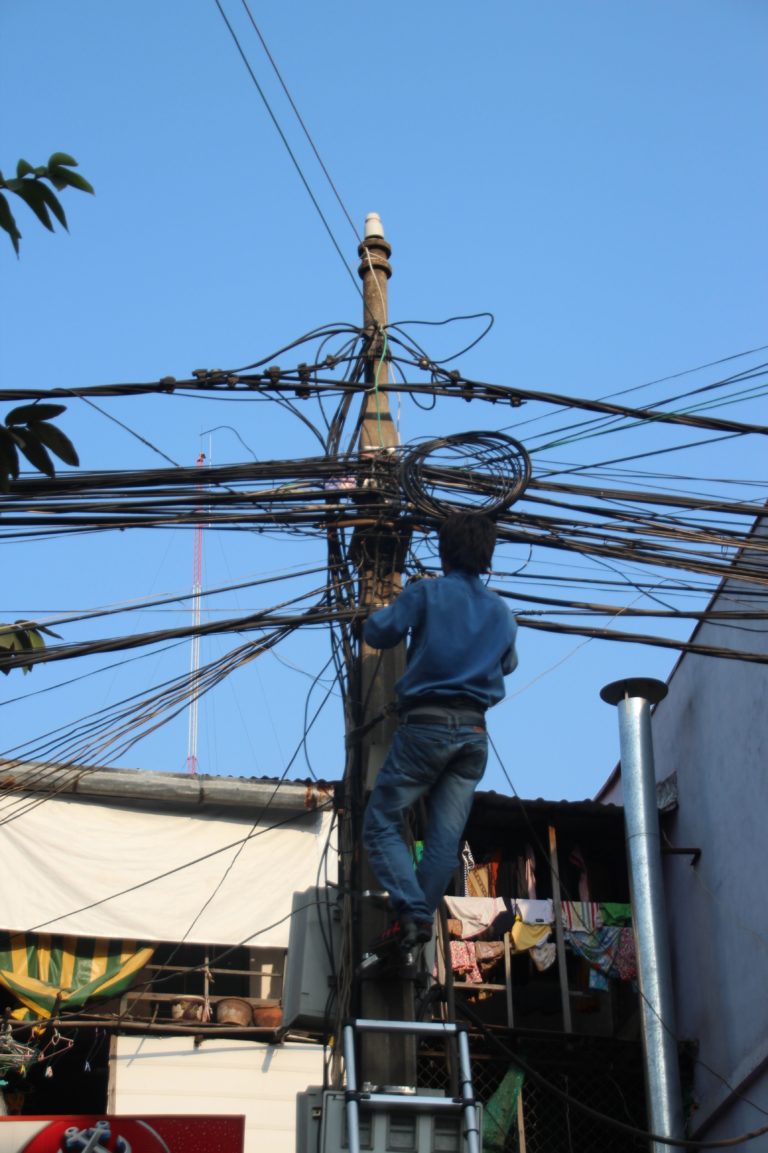Home / Business & Management / HR / Occupational Health in Developing Countries / Key radiation health hazards
This article is from the free online
Occupational Health in Developing Countries


Reach your personal and professional goals
Unlock access to hundreds of expert online courses and degrees from top universities and educators to gain accredited qualifications and professional CV-building certificates.
Join over 18 million learners to launch, switch or build upon your career, all at your own pace, across a wide range of topic areas.

 Sign for radon. © Colourbox
Sign for radon. © Colourbox A worker working close to high-current lines is exposed to several risks, including non-ionizing radiation, falling down and receiving an electric shock. © G. Tjalvin
A worker working close to high-current lines is exposed to several risks, including non-ionizing radiation, falling down and receiving an electric shock. © G. Tjalvin






